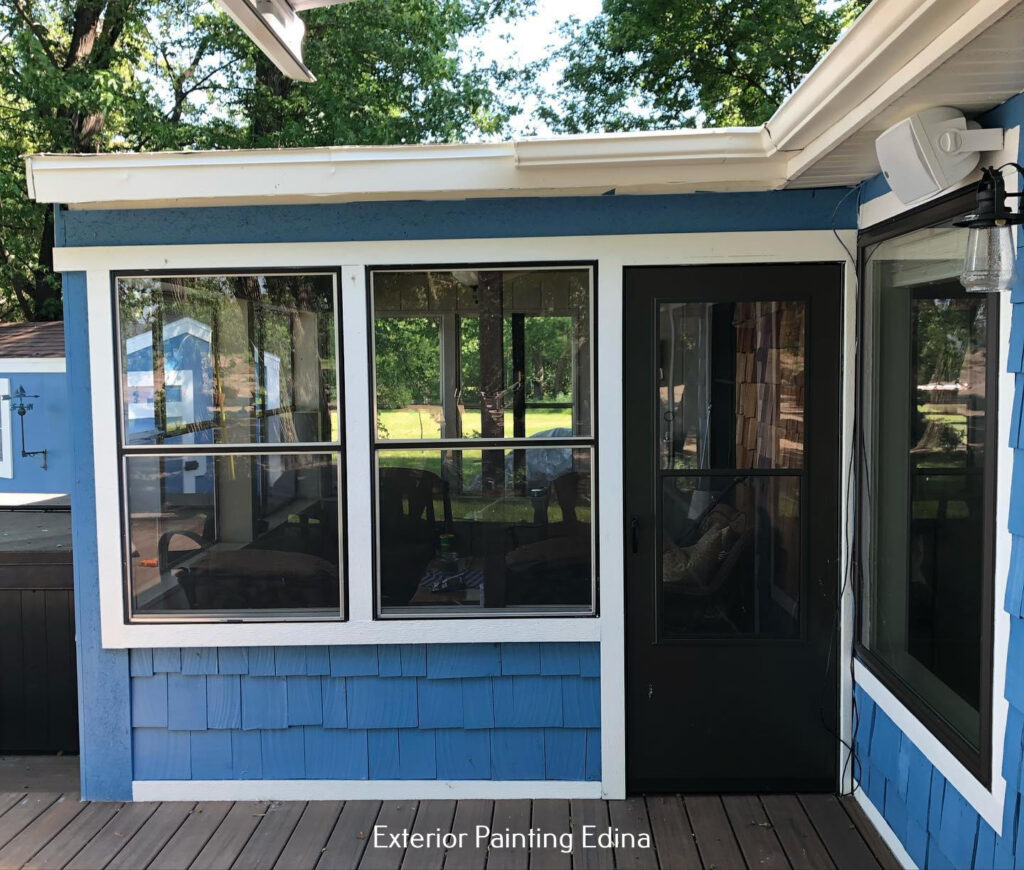Minneapolis Sculpture Garden: A Cultural Gem in the Heart of Minneapolis
Introduction
The Minneapolis Sculpture Garden, located at the heart of the city of Minneapolis, Minnesota, is one of the largest urban sculpture parks in the United States. Spanning over 11 acres, this iconic garden is a beloved cultural landmark that offers a serene yet vibrant environment where art and nature harmoniously coexist. Opened in 1988, the garden has since become a significant attraction for both locals and tourists. Learn information about Minneapolis, MN.
History and Development
The Minneapolis Sculpture Garden was created as a collaborative effort between the Walker Art Center and the Minneapolis Park and Recreation Board. The vision was to transform a section of the city’s parkland into a public space dedicated to contemporary sculpture. Since its inception, the garden has undergone several expansions and renovations to enhance its offerings and preserve its beauty. Discover facts about Walker Art Center: A Premier Contemporary Art Institution in Minneapolis.

In 2017, the garden experienced a major revitalization project aimed at improving sustainability and accessibility. This renovation, which cost around $10 million, included the installation of new sculptures, improved landscaping, and the addition of eco-friendly features like rainwater gardens and permeable pathways.
Notable Sculptures
Spoonbridge and Cherry
Perhaps the most recognizable sculpture in the garden is the “Spoonbridge and Cherry,” created by Claes Oldenburg and Coosje van Bruggen. This whimsical piece features a giant spoon with a bright red cherry perched on its tip, symbolizing playful innovation and creativity. It also serves as a functional fountain, adding a dynamic element to the garden’s landscape.
Hahn/Cock
Another notable piece is “Hahn/Cock” by Katharina Fritsch, a striking 25-foot-tall blue rooster. This bold sculpture stands out against the green backdrop, capturing the attention of visitors with its vivid color and imposing presence.
Standing Glass Fish
“Standing Glass Fish” by Frank Gehry is another highlight. Located in a large conservatory, this sculpture features a towering fish made of glass and metal, blending organic forms with modern materials.
Landscape and Design
The layout of the Minneapolis Sculpture Garden is meticulously designed to integrate the sculptures seamlessly with the natural surroundings. Pathways meander through the garden, offering visitors the opportunity to explore at their own pace. The garden’s landscape design includes a variety of plants and trees, which change with the seasons, providing a dynamic and ever-evolving experience.
In addition to the sculptures, the garden includes numerous benches and open spaces where visitors can relax and enjoy the art. The careful planning of the garden ensures that each sculpture has its own distinct space while maintaining a cohesive overall aesthetic.
Educational and Community Engagement
The Minneapolis Sculpture Garden is not just a place to view art; it is also a hub for educational and community activities. The Walker Art Center offers various programs and tours that provide deeper insights into the artworks and the artists who created them. These programs are designed to engage visitors of all ages and backgrounds, fostering a greater appreciation for contemporary art.
Seasonal events, such as outdoor concerts, family art-making activities, and artist talks, further enrich the visitor experience. These activities make the garden a lively cultural space that reflects the diverse and dynamic spirit of Minneapolis.
Conclusion
The Minneapolis Sculpture Garden stands as a testament to the city’s commitment to public art and cultural enrichment. Its blend of innovative sculptures, thoughtful landscaping, and community-focused programs make it a must-visit destination for anyone interested in contemporary art and urban green spaces. As it continues to evolve, the garden remains a vibrant symbol of creativity and inspiration in Minneapolis.

